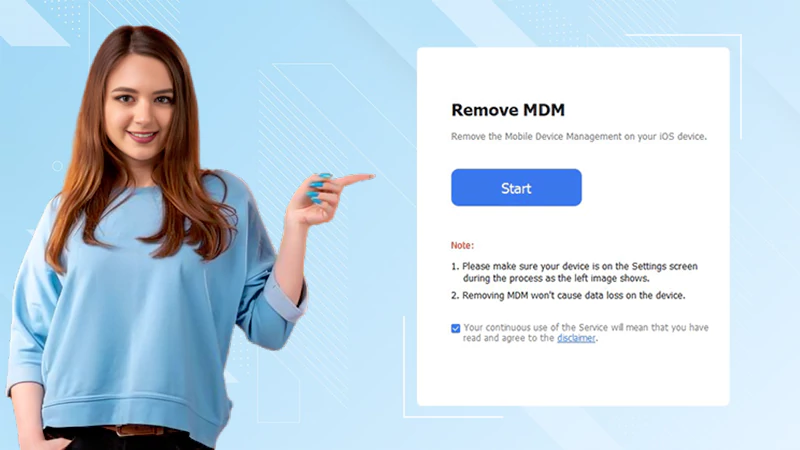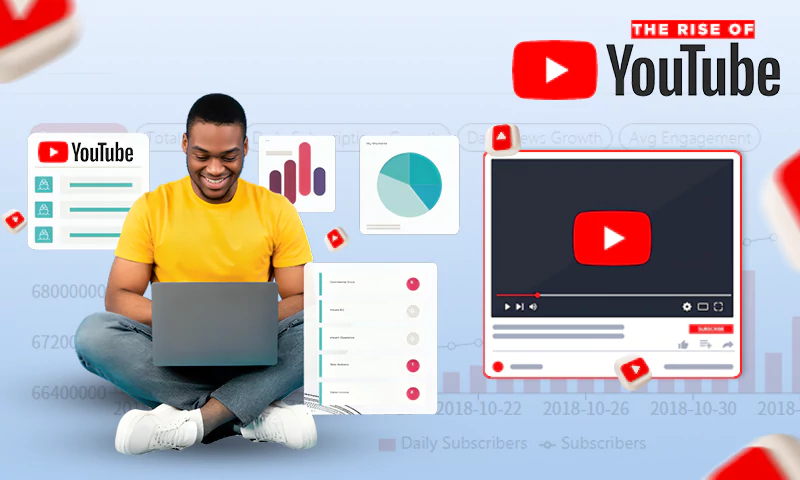How Should Web Designers Approach Client Meetings
Web design is an exciting profession. It can be highly creative, but the work has a lot of opportunities for collaboration too.
Because collaboration is often required, web designers must pay special attention to client meetings. They need to be navigated in the right fashion so that the potential for success is strong and the web designer’s own firm is protected.
Moreover, the overall employment outlook for web designers paints a picture of immense growth, so newcomers to the industry must understand client relations as soon as possible. Still, when managed properly, client meetings can be thrilling and fun meetings for web designers. Here are a few pointers on how to thrive in these circumstances.
Secure Insurance
Meeting with clients is a business activity. Even if the meeting is impromptu and informal, the necessary safeguards, like insurance, must be in place.
General liability insurance can be essential, if not legally mandatory. If you meet with clients face to face, and they experience accidents and injuries on your premises or damage to their property, this coverage can help you. These circumstances can arise even if they visit for an hour-long meeting.
Furthermore, professional liability insurance can help here too. The coverage protects the web designer from client claims like negligence, inaccurate advice, or accusations of misrepresentation. It addresses alleged breaches of fair dealing and good faith. If your client does decide to sue you, your legal expenses will be covered. Get a quote from Hartford today and consult them on your needs.
Meetings need positive energy for web designers and clients. Though it is not nice to assume the worst may happen, having the proper insurance coverage in place can help you feel less anxious and stressed. After all, it is a safety net, and if you know it is there, you can then focus on the agenda of the meeting more clearly.
Research the Client
Web designers provide solutions for clients of all industries. Therefore, it is vital to know what the client does in detail.
What is their approach to business? Are you able to identify the challenges facing their industry? Can you learn anything from their past approach to web design? Have you read their core values, and do they align with yours? Is their mission statement something you can build upon with your work? Developing insightful answers to these types of questions will make the prospect of working with you more appealing.
Remember, company websites are more important than ever as firms increasingly emphasize their digital presence and capabilities. You are providing more than a coat of paint to something – you are developing what is arguably one of the most important facets of a firm’s brand identity. Consequently, you must prove that you understand your clients deeply.
Control How Much You Talk
If the client has agreed to attend a meeting with you, they have likely researched your web design portfolio and are pleased with what they found. They would not waste their own time.
Remember, some firms can cut their meetings down to as little as 15 minutes by reducing the number of participants and sending information in advance. While you should take as long as the client needs for the meeting, both of these strategies can help you do less talking and keep your side of the meeting concise.
Discourage unnecessary colleagues from sitting in, and also send information about your tailored web design capabilities, pricing strategies, and software to be used in advance. You can also send live demos of your work and share relevant case studies relating to what is being asked of you. That way, you can prove that your services are the right fit and that you are knowledgeable.
If clients are informed ahead of time, they can do much more talking during the meeting. They will have a clearer idea of the web design services you offer, be able to ask more useful questions, and feel more confident due to being informed first. All of this can set a more productive tone for the web design client meeting and produce more positive results.
Set Your Terms
Web designers are highly in demand in almost every sector. Though work is widely available, it should always be formalized rather than casually undertaken.
If all is going well, some work logistics need to be set in stone. During the client meeting, you can discuss putting your work terms in a contract to mitigate the chances of future misunderstandings. You can feature your insurance coverage, licensing arrangements, deadline parameters, and all the other deliverables relevant to the task.
It may be worth coming to an understanding on future meetings too. Setting recurring times and dates is advisable, so everything is organized. You could also agree to conduct occasional remote correspondences for everyone’s convenience, as web designers can often work remotely, and the clients might be too.
All of this creates a sense of transparency. Furthermore, it also helps you to keep expectations in check. Boundaries are healthy for all working relationships, so keep that in mind.
Share
















